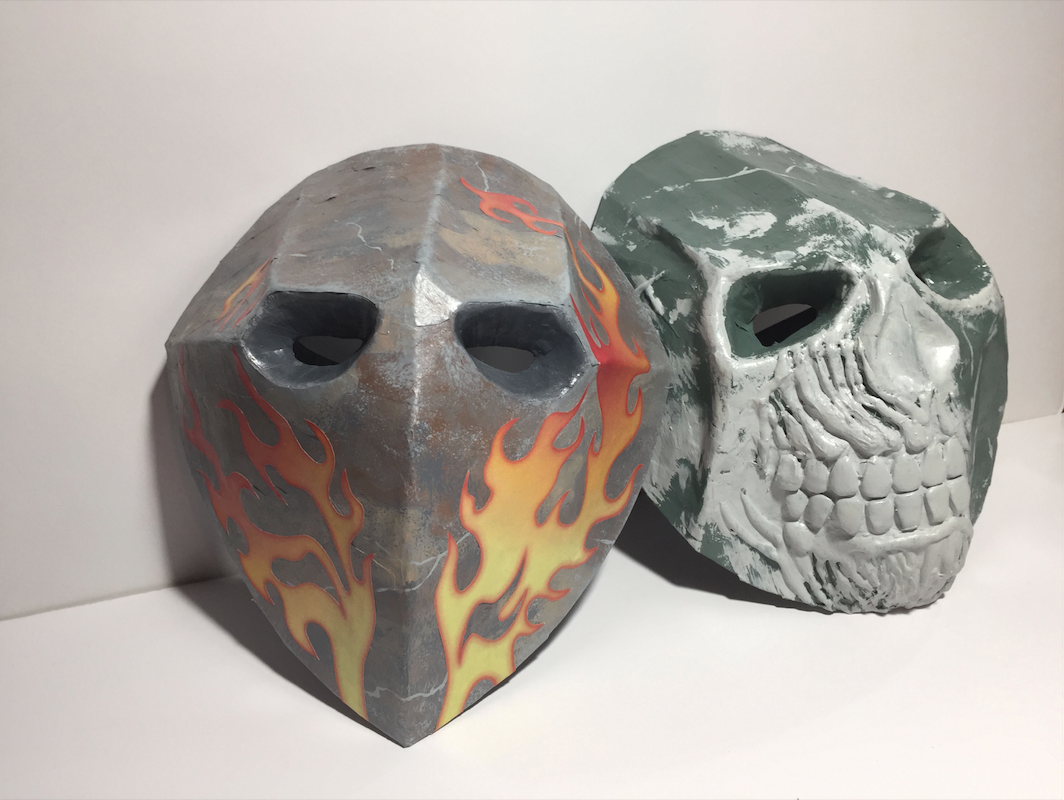

But an examination of medical reports and War Department and Department of the Navy documents from the war reveals that the war and the epidemic were intertwined. The story of the influenza epidemic in the military is often lost in the historical narrative of the Great War, included merely as a coda to that four-year horror, coinciding with the final battles and the Armistice. The Army and Navy medical services may have tamed typhoid and typhus, but more American soldiers, sailors, and Marines would succumb to influenza and pneumonia than would die on the industrialized battlefields of the Great War. 1448) The Navy recorded 5,027 deaths and more than 106,000 hospital admissions for influenza and pneumonia out of 600,000 men, but given the large number of mild cases that were never recorded, Braisted put the sickness rate closer to 40%. 2, 3 On both sides of the Atlantic, the Army lost a staggering 8,743,102 days to influenza among enlisted men in 1918. By the War Department's most conservative count, influenza sickened 26% of the Army-more than one million men-and killed almost 30,000 before they even got to France. Then, in the fourth dreadful year of the war, as the American Expeditionary Forces (AEF) assumed fighting strength and prepared their first great offensive against the Germans, the flu struck. War diseases-notably the soldiers' nemeses diarrhea, dysentery, and typhus-flourished, and the trenches offered new maladies such as “trench foot,” an infection caused by wearing sodden boots and standing in water and mud for days on end, and “trench fever,” a debilitating fever transmitted by body lice.

The carnage traumatized some men into shellshock, and poison gases burned and suffocated others so horribly that nurses dreaded caring for them because they could provide little comfort. These new weapons generated new, horrible injuries that took life and limb in a flash or festered into gangrenous wounds that could further maim and kill. When the European arms race exploded into war in 1914, the empires shocked themselves and the world with the killing power of their artillery and machine guns, their U-boats and mines, and their poison gas. Twentieth-century warfare, however, had evolved to an even more deadly scale as industrialized armies of millions battled on the plains of Eastern Europe, the cliffs of Gallipoli, and in the deadly trenches of the 550-mile-long Western Front. Braisted proudly stated that “infectious diseases that formerly carried off their thousands, such as yellow fever, typhus, cholera, and typhoid, have all yielded to our modern knowledge of their causes and our consequent logical measures taken for their prevention.” 1 Modern bacteriology, it seemed, had tamed many diseases.
Army of two masks 40 how to#
Army and Navy personnel knew how to test and sanitize water supplies, vaccinate troops against typhoid and smallpox, and treat or prevent other infections. The conquistadores brought with them diseases that devastated the New World typhus plagued Napoleon's armies and typhoid fever humiliated the American Army during the Spanish-American War. War and disease have been linked throughout history as armies, weapons, and human pathogens have met on the battlefield. Army and Navy medical officers in camps across the country presided over the worst epidemic in American history, but the story was not new.


 0 kommentar(er)
0 kommentar(er)
